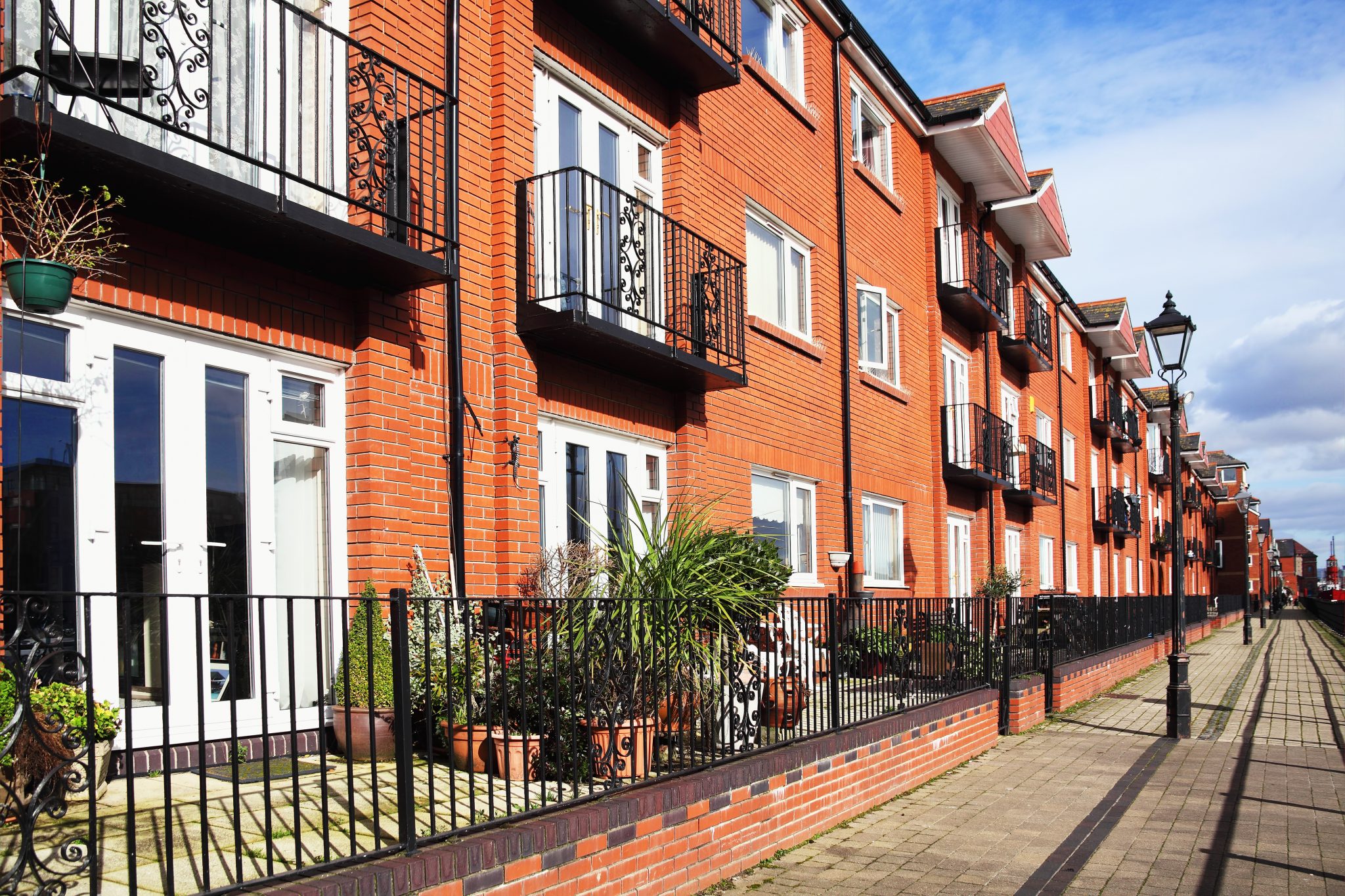The state of Private Rented Sector (PRS) accommodation in London
4th August 2023

The state of Private Rented Sector (PRS) Accommodation in London: Analysing Trends and Effective Solutions
Barbara Mettle-Olympio
The impact of the UK housing crisis is far-reaching, affecting individuals and communities across the nation, notably in London and the Southeast. London, housing almost two-thirds of England’s homeless households, has a homeless population equivalent to towns like Blackburn or Oxford, making it a crisis of national significance. Escalating housing costs, coupled with a scarcity of genuinely affordable homes and unsuitable accommodation, have placed a heavy burden on vulnerable individuals and families.
Adding to these challenges, London’s acute shortage of socially rented homes has led local boroughs to rely on the private rented sector (PRS), which now constitutes 30% of the city’s homes—10% higher than the national average. Yet, within the PRS, which is undergoing significant shifts, questions arise about the present state of supply and its potential impact on tenants.
A joint report by Savills and the London School of Economics titled “Supply of Private Rented Sector Accommodation in London” draws insights from platforms such as Zoopla and Rightmove, along with interviews featuring landlords and industry experts. This comprehensive study indicates a noticeable decline in the number of properties entering the rental market. This emerging trend has sparked discussions and raised concerns, including why landlords are progressively exiting the market, potentially leading to an overall reduction in the availability of rental properties.
Supply of Private Rented Sector Accommodation in London: Key Findings
- Falling rental listings across all bedroom types, with significant declines in larger properties
- More rented properties are being listed for sale, potentially impacting demand
- Asking rents have surged by 20%, and the freeze in Local Housing Allowance (LHA) rates affects affordability
- Tenant turnover has decreased with tenants staying longer in their rented properties due to limited vacant homes and restricted access to homeownership
- New buy-to-let mortgages have reduced, and indication that more landlords have left the sector
- Survey data also indicates that landlords are reducing their portfolios, especially in the lower market segments, impacting the most vulnerable tenants
- Economic factors are increasing landlords’ costs, impacting lower-income households and local authority supply of properties
- Amid rising costs and policy changes, landlords’ fears of non-payment of rent and property damage affect letting decisions
Supply of Private Rented Sector Accommodation in London: Recommendations
- Urgent Review and Long-Term Strategy
Conduct a cross-departmental review to analyse the impact of recent PRS policies and economic factors on supply. Develop a long-term PRS strategy to ensure an adequate supply of quality homes to meet demand.
- Enhance Purchasing Power
Increase Local Housing Allowance (LHA) rates to align with current market rents. Raise the Housing Benefit rebate for councils accommodating households in leased temporary accommodation. Rebase LHA rates to the 30th percentile of current market rents to enhance affordability.
- Reduce Competition
Implement agreements to limit competition between public sector bodies in the procurement of accommodations, preventing price inflation through procurement practices.
- Incentivise Landlords
Offer financial incentives for landlords to participate in the lower end of the market. Local authorities could provide financial support for property improvements and long-term lower-priced rentals. Consider national tax reliefs or incentives for landlords catering to the lower market segment.
- Public Acquisition
Enable local authorities to acquire properties leaving LHA or temporary accommodation sectors. Provide grants or capital funding for these acquisitions to ensure tenants can continue occupancy and maintain the property’s purpose.
- Address Landlord Anxiety
Promote networking channels for landlords to access factual information and insights. Establish a pan-London PRS network to develop joint initiatives and advocate for change. Enhance councils’ enforcement activities to reassure landlords about health and safety regulations.
- Mitigate Fears
Collaborate with local authorities and DWP to reduce landlord exposure to rent arrears and poor tenant behaviour. Promote deposit guarantee schemes and insurance products tailored for landlords.
- Regulatory Costs Analysis
Understand the impact of regulations on various landlord types. Assess the potential effects of the Renters Reform Bill on PRS supply and balance risk and reward for landlords while maintaining quality expectations.
In conclusion, the PRS fulfils diverse housing needs, often compensating for gaps in the property market. While local authorities and housing initiatives depend on a well-functioning PRS to address immediate housing demands, there’s a push for reduced reliance on this sector in the long term by certain tenant groups and housing charities due to ongoing affordability concerns.
The research findings have prompted recommendations for short-term interventions that could alleviate challenges faced by landlords, tenants, and local authorities, safeguarding access to PRS properties for vulnerable populations. However, it’s acknowledged that these recommendations, while essential, won’t fully tackle the complex factors and structural issues underlying the housing crisis.




